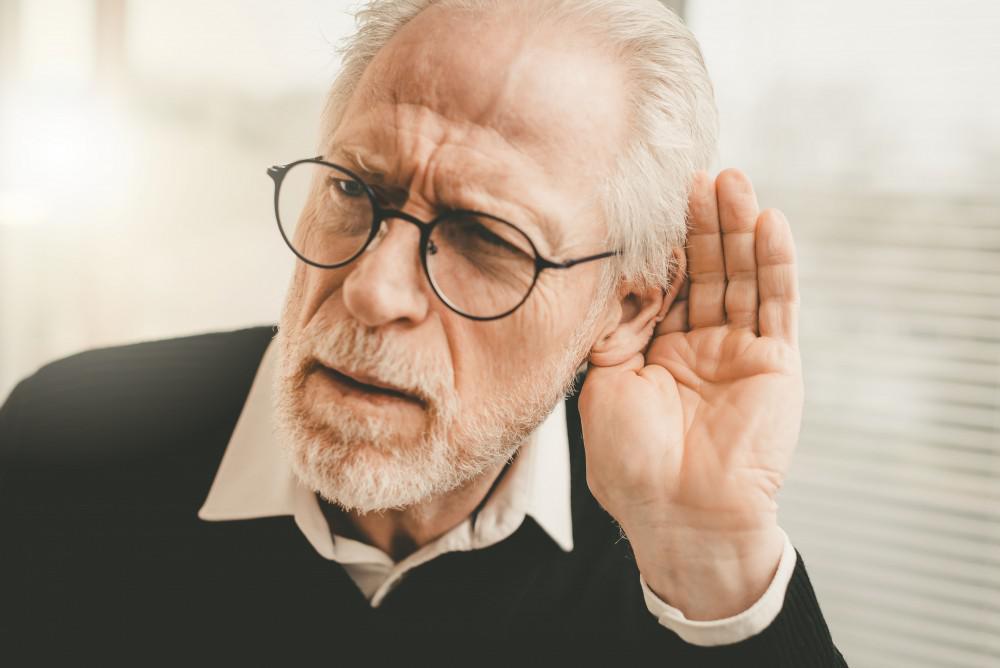
Hearing loss is quite common, though it varies widely in severity. Close to 40 million American adults have some degree of hearing difficulty, and the prevalence climbs as you get older. While aging is the leading cause of hearing loss, there are many factors that may contribute along the way, and you can also lose hearing suddenly due to illness or accident.
Despite these many causes, there are just two types of hearing loss, though one patient could be affected by both types. Some conditions can be treated, but in most cases, hearing loss is permanent, leaving the use of assistive devices like hearing aids as the only treatment option.
Whenever hearing loss is an issue, you need specialized attention. The team at Lakeshore Ear, Nose and Throat Center can diagnose and treat your hearing loss regardless of the type. Understanding the types of hearing loss will ease your transition through the treatment process.
Sensorineural hearing loss
The most common type of hearing loss stems from the point where sound waves convert to nerve impulses. Sound travels as vibrations or waves through the air, and they’re collected by your ears. They cause the eardrum to vibrate, which transfers mechanical energy to three tiny bones that then impart motion in the fluid-filled cochlea.
The compartments of the cochlea are lined with tiny hairs called cilia. Cilia are stimulated by motion of the inner ear fluid, and they create nerve signals that are then transmitted to the brain. Each of the tiny hairs is responsible for its own frequency.
Most sensorineural hearing loss results from the failure of these cilia. If you have trouble understanding speech, for example, you may have lost the cilia responsible for detecting the “sh” and “ch” types of sounds that deliver much of the definition of voices.
You could still hear at reasonable levels, but things may seem unclear and muddy. Damage to the auditory nerve is less common, but this too would result in lost hearing.
Conductive hearing loss
If your cochlear cilia are fine, the problem may be with the sound waves arriving at the inner ear. Conductive hearing loss reflects the interruption of the physical transfer of energy from air to cochlea.
Unlike sensorineural hearing loss, which is almost always permanent, some conductive issues may be temporary.
One of the most common conductive problems is a buildup of earwax, which physically blocks vibrating air from reaching the eardrum. Removing these blockages often restores hearing, provided the removal is performed by a specialist. Home attempts to clear earwax with cotton swabs, for example, usually pack the wax more tightly into the ear.
Rupture of the eardrum or damage to the bones of the middle ear are other examples of conductive loss. These may or may not be permanent causes of hearing loss, depending on the nature or severity of the injury.
Your hearing is as precious as your sight, so contact Lakeshore Ear, Nose and Throat Center at any of their five locations when you have hearing-related concerns. Request an appointment online or call the nearest office directly to set up your exam and consultation.

